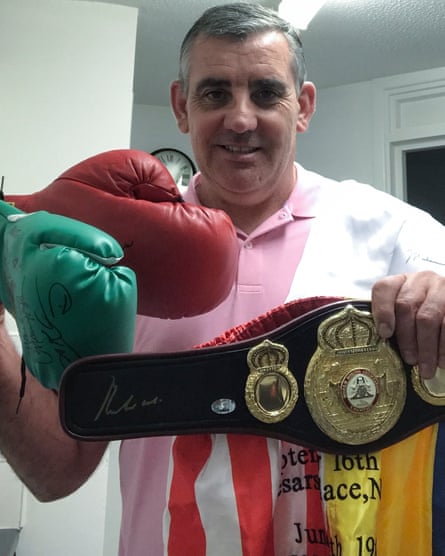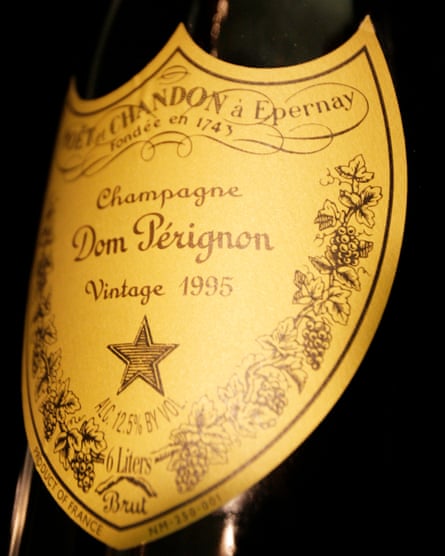Frustrated by the returns offered by high street banks and even further frustrated by being forced to stay indoors as a result of the lockdown, investors are looking in unique places to salt away their money. Memorabilia, antiques and other collectibles have seen a mini boom in the last few months. Those with spare cash have been trying to get some positive returns as they have the time to search for opportunities.
But while the want is clearly there – antique auction website thesaleroom.com reports demand up by almost a fifth – there is the potential for problems. With no regulation and a prevalence of scams, alternative investments could lead to huge losses. Even if you do decide to sell them on, you need to find someone else to buy that unique piece of football memorabilia. For others, looking at rates of barely above zero, the risk is worth it.
Memorabilia
Perhaps it is having more time on their hands or the fact that some have taken a fresh look at their mortality since the pandemic took hold but there has been a renewed sense of nostalgia about in recent weeks.
Tom Meyrick at Paul Fraser Collectibles has seen heightened demand for football memorabilia from 1966 when England won the World Cup, as well as items associated with icons of the 1980s and 1990s. A menu signed by all 11 England players from the winning World Cup lineup recently sold online for £3,950.
“A big growth area is the period that appeals to Generation X – those who grew up in the 1970s, 80s and early 90s. Kurt Cobain and Steve Jobs’ autographs, Star Wars figures and vintage video games are popular,” says Meyrick. “This generation – now in their 40s and 50s – have more disposable income and are looking back fondly on their youth.”
Savvy purchases can reap rewards. Liam Stacy of Movie Figures, which sells high-end movie and action figures, says many buyers are looking for potential investments. “The Hot Toys Marvel and Star Wars hand-painted statues sell out fast – The Mandalorian and The Child deluxe model has been a favourite, costing £355, and is likely to increase in value,” he says.
Only trade with reputable dealers with a track record. “Unfortunately fraudsters have used the lockdown as a chance to sell more fakes online,” says Garry King of Autographs.co.uk.

Colin Smith from Bournemouth used the lockdown to add to his collection of boxing memorabilia, buying a signed Muhammad Ali belt from the US for £800. He also has a signed Ali glove (bought for £500) and one signed by the Four Kings of Boxing – Marvin Hagler, Sugar Ray Leonard, Thomas Hearns and Roberto Durán – worth £650. “For me, this is a passion. You have to trust who you are dealing with,” says Smith.
Antiques
Antique sales and auctions shifted online during the lockdown while maintaining interest from punters. “Our website had a record number of inquiries in May. Dealers also report the average age of buyers has fallen,” says Robert Young of the British Antique Dealers’ Association (Bada), who believes people are also looking to antiques in a reaction against the “throw-away society”.
“Buyers are looking for quality materials – furniture that will last. It’s not just about finding something rare that will rise in value,” says Young. “These buyers are comfortable and confident doing their research and buying online. One recent trend is for funky, textured materials and metals, such as bronze.”
Items attracting an unlikely amount of interest has been glassware. “We’ve seen huge demand, such as Baxter Whitefriars’ coloured glass. Popular pieces, such as drunken bricklayer vases, were worth £130 but they have tripled in value in recent months,” says auctioneer Richard Winterton.
Vintage jewellery
Nicola Whittaker at Fellows Auctioneers reports a “staggering increase” in bidders for watches and jewellery, with items from £30 to £60,000.
“Buy something in impeccable condition, not damaged or restored,” says Sandra Cronan, a specialist in rare and antique jewellery. “Timeless classics, such as a pair of diamond earrings, are a good option. A pair of antique one-carat diamond earrings bought for about £3,000 could rise by 10% to 20% over five years. There will always be buyers for classic items.”
“There has been a big return in popularity of the brooch. One we sold recently had an estimate of £400-£500 but, after intense bidding, it went for £2,296,” says Whittaker.
Fine wine
Many have coped by drinking more during lockdown but for some wine enthusiasts, recent years have been profitable. The Liv-ex Fine Wine 100, the global fine wine index, shows growth of 23% over the past five years, although performance can be volatile.
Gary Owen at wine merchant Berry Bros and Rudd, says many clients have used the lockdown to review their investments. “We store wine for our investors, but some have taken delivery to drink during the lockdown. Others have seen it as a buying or selling opportunity.”

Will Hargrove at trader Corney & Barrow says some fine wine prices have softened in recent months and investors have taken advantage.
Investment should be viewed in the long term – five years minimum – to get best returns, with many holding them for decades.
Owen says champagne from 2002 and 2008 from houses such as Dom Pérignon and Krug are a solid investment as it is an excellent vintage and should rise in value. Three magnums of 2008 Dom Pérignon would cost about £930 “in bond” – stored in optimum conditions by the wine merchant. There is no duty or VAT to pay. Some fine wine dealers offer cellar plans, where you can build a portfolio investing from £50 or £100 a month, and the wine is held in bond.
Art
Buying art to make money is risky. Tastes and fashions change over time and are hard to predict. That said, contemporary art, in particular, has fared well in recent years.
Joe Kennedy, co-founder of Unit London, a gallery that champions contemporary artists, says social media has made it much easier to research up-and-coming talent.
“You can follow galleries and artists on Instagram. There is much greater transparency on price. You can see which artists the galleries are supporting, which gives an indication of what might rise in value. I was selling work by Julie Curtiss a few years ago for around £3,000, for example, and she is now being represented by White Cube gallery and her work sells for hundreds of thousands of pounds.”
The Affordable Art Fair, which has three sales in London each year, is another good place for first-time buyers. “All work is capped at £6,000 and you can pick up original work and limited-edition prints from around £100,” says Elizabeth Dellert, UK Fair director.
What you need to know
Fees – If you buy at auction there will be fees to pay (typically about 20%) and then postage or transportation costs.
Buyer beware – Fraud and scams are rife. Ask to see condition reports and any provenance history, where appropriate. There is no regulation in these markets, which means little recourse if things go wrong.
Maintenance - If it is an artwork or autograph that is going to be on display, it is advisable to use specialist glass that will protect the image from sunlight.
Tax – There could be capital gains tax (CGT) to pay when you sell, depending on the item and the profit made. Individuals have a £12,300 CGT allowance so the tax only applies once your profit exceeds this threshold. Some “wasting assets” are exempt, such as classic cars and antique clocks.
